Trends Suggest More Balanced California Gasoline Market Ahead of RVP Switch
The annual switch from 5.99-lb. RVP summer-grade gasoline to cheaper-to-make winter-grade blends in the West Coast has led to sharply different price moves over the past five years, but recent trends point to a more balanced supply and demand picture ahead of this year’s transition, according to OPIS pricing history and public inventory data.
Los Angeles CARBOB’s 30-day average spread between the 5.99 RVP and the step-down blend has ranged from plus 4.8cts/gal in 2020 to as much as minus 74cts/gal in 2022, reflecting sharply different market conditions.
The spreads, which were based on OPIS spot price data, were derived from 30-day averages before the RVP transition for 5.99-lb. gasoline and a 30-day average after the transition for the step-down blend, as the market adjusted to the RVP
switch.
The greatest price volatility came in 2022 and 2023. The wide differential spread between the 5.99 RVP and the transition RVP occurred during periods of high refinery utilization coupled with falling stock levels in PADD 5.
Price volatility in 2022 and 2023 occurred because premiums were extremely high just before the shift, and the early waivers allowed cheaper fuel into the market ahead of schedule, leading to a plunge in spot prices.
In contrast, 2020 and 2021 featured narrower spreads under 12cts/gal that coincided with higher stock levels and stable refining operations. The 2024 roll marked a third-straight year of negative spreads, but showed a smaller differential spread of minus 13cts/gal.
| Year | Spread (cts/gal) | Stocks (mbbl) | Utilization |
|---|---|---|---|
| 2020 | +4.80 | 29.9 | 70.3% |
| 2021 | 12.0 | 28.7 | 86.5% |
| 2022 | -74.1 | 24.8 | 80.1% |
| 2023 | -60.4 | 28.1 | 88.0% |
| 2024 | -13.2 | 25.8 | 85.2% |
| 2025 | TBD | 29.3 | 77.3% |
Historical analysis shows that every year that featured refinery utilization above 80% and inventories below 28.1 million bbl has produced a negative spread, according to OPIS pricing data.
EIA on Thursday estimated PADD 5 gasoline inventories were at 29.3 million bbl in the week ended Oct. 10, with refinery runs around 77.3%. That’s roughly in line with pre-transition conditions in 2020 and 2021.
The data suggests the West Coast market is finishing 2025 with inventory and utilization levels in line with that of low-volatility transition years, though new refinery issues or an early waiver could quickly lead to negative spreads like those seen in 2022 and 2023.
The California Air Resources Board had not issued an early RVP waiver or schedule adjustments as of Thursday.
Inventory positioning, refinery turnaround timing and refinery upsets will likely determine whether this year’s transition will follow the smoother role of 2021 or the more volatile transitions of 2022 and 2023.
Market participants said they are focused on whether stocks can remain above 29 million bbl through late October, when the step-down specification typically takes effect and how long Chevron’s refinery issues continue.
–Reporting by My Nguyen, mynguyen@opisnet.com; Editing by Jeff Barber, jbarber@opisnet.com
© 2025 Oil Price Information Service, LLC. All rights reserved.
